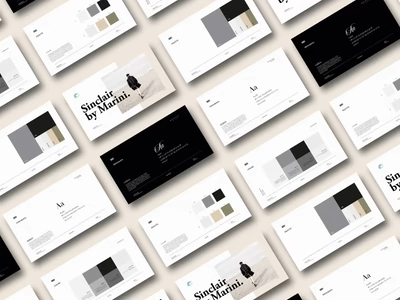Carewell | UX/UI Design, Entrepreneurship Design, Branding & Com
An estimated 1.3 billion people experience significant disability. This represents 16% of the world's population, or 1 on 6 of us. In Italy, this translates to the 5,2% of the population, approximately 3.150.000 people.
Who is the caregiver?
Is a person who tends to the needs or concerns of a person with short - or long - term limitations due to illness, injury or disability. We use the term "family caregiver" to describe individuals who care for members of their family of origin, but also to refer to those who care for their chosen family.
The 89% of the caragivers suffer from anxiety or depression, 48% are worried about their own health and the 84% are women and girls.
Our idea was to develop a training and supporting platform to help and empower caregivers to feel supported and find a better way to cope. We provide: - A curated market place: We've got you covered.
Carewell connects you with qualified health and wellness professionals, nutrition, accessibility, and training resources in one place.
- Stay well, care well: Your well-being is extremely significant. We make sure you find time to rest, relax, and recharge. -
Build a community: Engage in conversation with people, share your experiences, meet our experts and enroll in training programs that will help you overcome any situation.
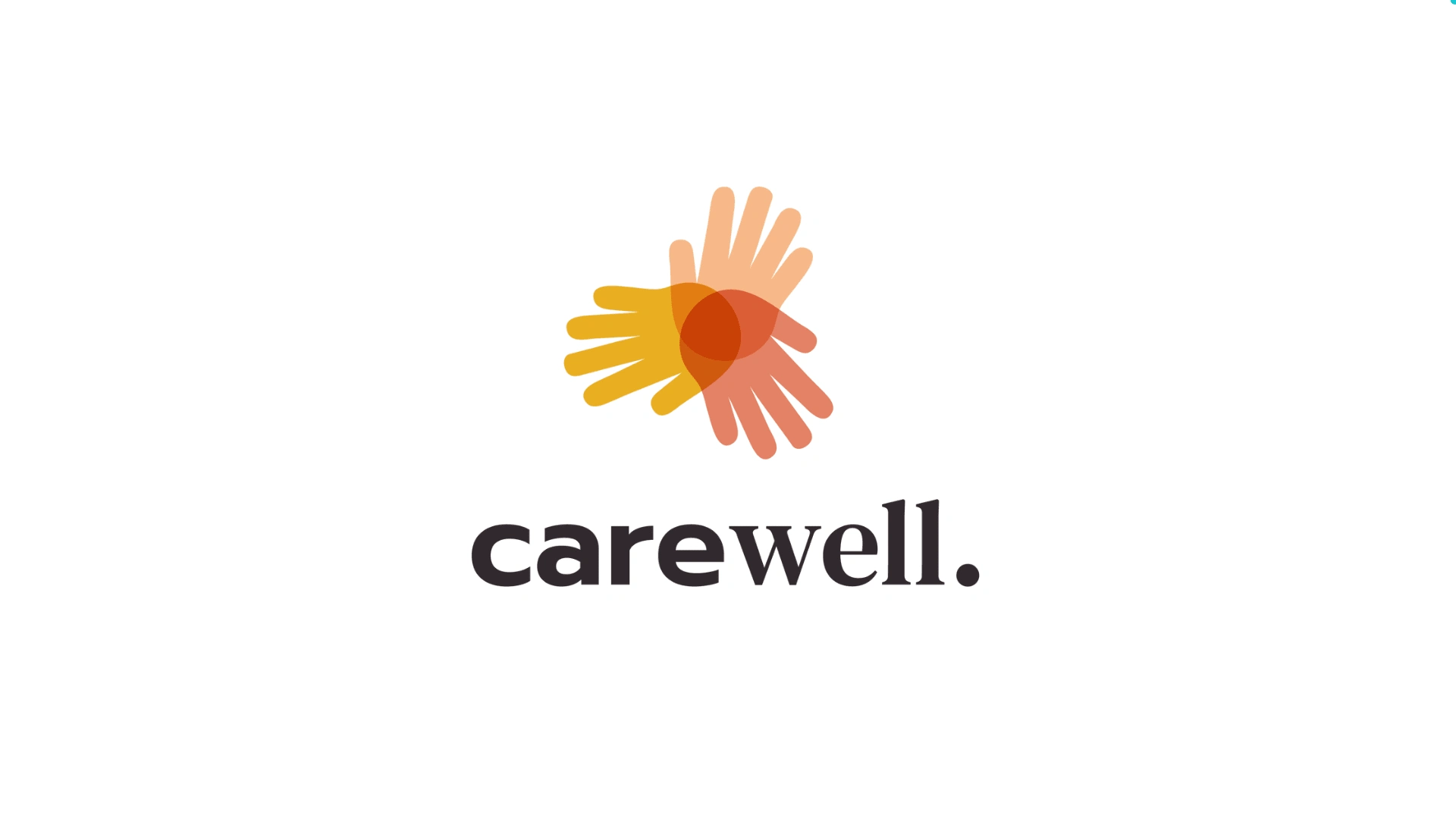
Detailed Project Process for the CAREWELL App
The development and launch of the CAREWELL platform involves a structured process that takes into account the needs of caregivers, market analysis, branding, app development, and a solid business model. Below is a detailed description of each step:
1. Market Research, Targeting, Values, and Mission
Objective: To thoroughly understand the caregiver market, their needs, pain points, and preferences, and define the core values and mission of the CAREWELL platform.
Steps:
Market Research:
Analyze global and local statistics on disability and caregiving (e.g., 16% of the world population, 5.2% in Italy).
Conduct interviews and surveys with caregivers to identify their biggest challenges (e.g., anxiety, depression, health concerns).
Investigate existing platforms and solutions for caregivers to understand competition and market gaps.
Target Audience Definition:
Focus on both formal and informal caregivers, with a special focus on family caregivers.
Create demographic profiles (age, gender, socioeconomic background), keeping in mind that 84% of caregivers are women.
Segment the audience based on caregiver type (short-term vs long-term), and the kind of support they provide.
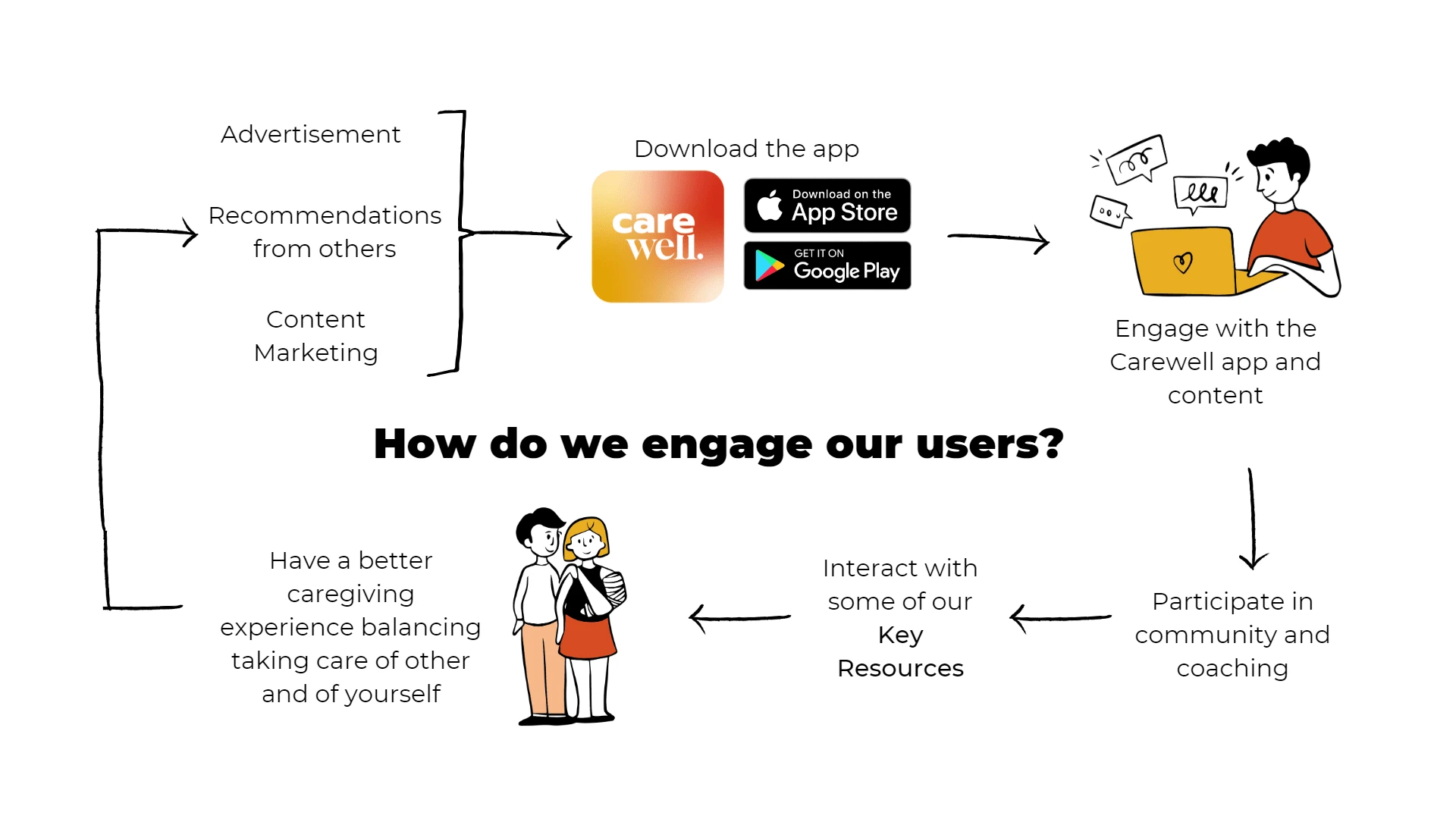
Values and Mission:
Define the mission of CAREWELL as a platform that empowers caregivers by offering resources, training, and community support.
Establish core values such as well-being, support, community, and accessibility.
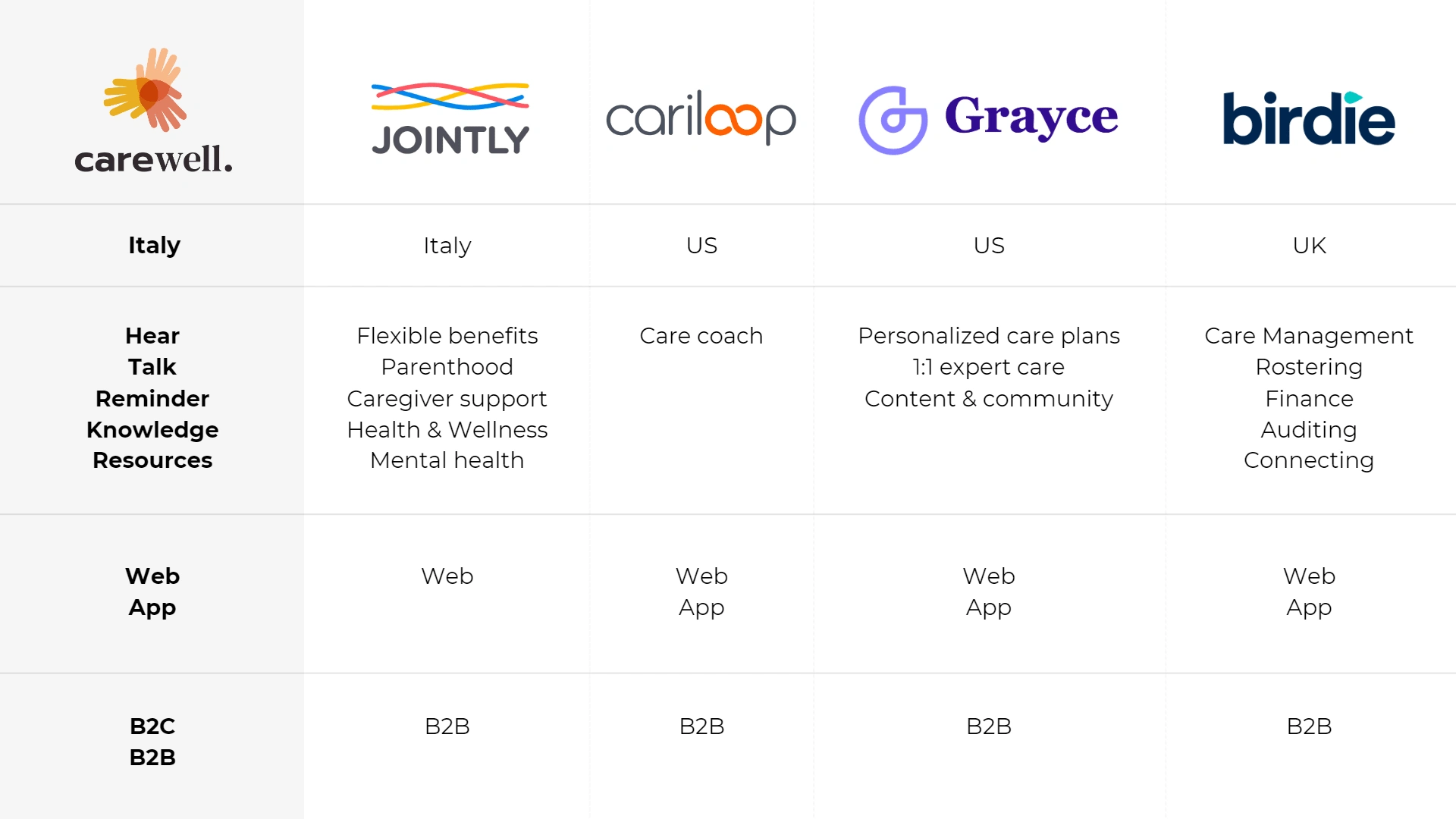
SWOT Analysis:
Strengths: Unique focus on caregivers' well-being, comprehensive support platform, high demand.
Weaknesses: Limited brand recognition, initial platform development cost.
Opportunities: Growing need for digital support solutions, especially post-pandemic.
Threats: Competition from emerging mental health and caregiver support apps.
2. Branding
Objective: Create a strong, recognizable brand that resonates with caregivers and communicates the platform's mission and values.
Steps:
Brand Identity:
Develop a brand name that is easy to remember, with emotional resonance for caregivers (e.g., CAREWELL).
Define the brand's tone of voice as empathetic, empowering, and trustworthy.
Logo and Visual Identity:
Design a logo that represents care, wellness, and support, incorporating soothing colors (e.g., soft greens or blues).
Develop a cohesive visual identity, including typography, iconography, and imagery that conveys calmness and support.
Tagline and Messaging:
Create a tagline like "Caring for those who care," emphasizing the platform’s dedication to supporting caregivers.
Craft key messaging that highlights the benefits (e.g., well-being support, training, community engagement).
3. App Development
Objective: Build an intuitive, user-friendly app that offers a variety of features to support caregivers in their journey.
Steps:
Wireframing and Prototyping:
Create wireframes for key screens: homepage, marketplace, community forum, well-being dashboard, and training modules.
Test prototypes with potential users to gather feedback on usability and design.
Core Features Development:
Curated Marketplace: A feature that connects caregivers with health and wellness professionals, nutritionists, and accessibility experts.
Well-being Dashboard: A personalized dashboard to track caregiver well-being, offering relaxation exercises, mental health resources, and self-care tips.
Community Engagement: Develop a forum where caregivers can share experiences, participate in discussions, and join training programs.
Training Modules: Create a section dedicated to educational content, including webinars, expert talks, and practical courses to help caregivers cope with stress, time management, and caregiving skills.
User Interface (UI) & User Experience (UX):
Focus on an intuitive navigation system for a stress-free user experience.
Design the app to ensure accessibility, including features such as large fonts, simple layouts, and voice-guided navigation.
Testing:
Conduct beta testing with a group of caregivers to identify bugs, improve performance, and gather feedback for further iterations.
4. Business Model
Objective: Develop a sustainable business model to ensure the long-term success of the CAREWELL platform.
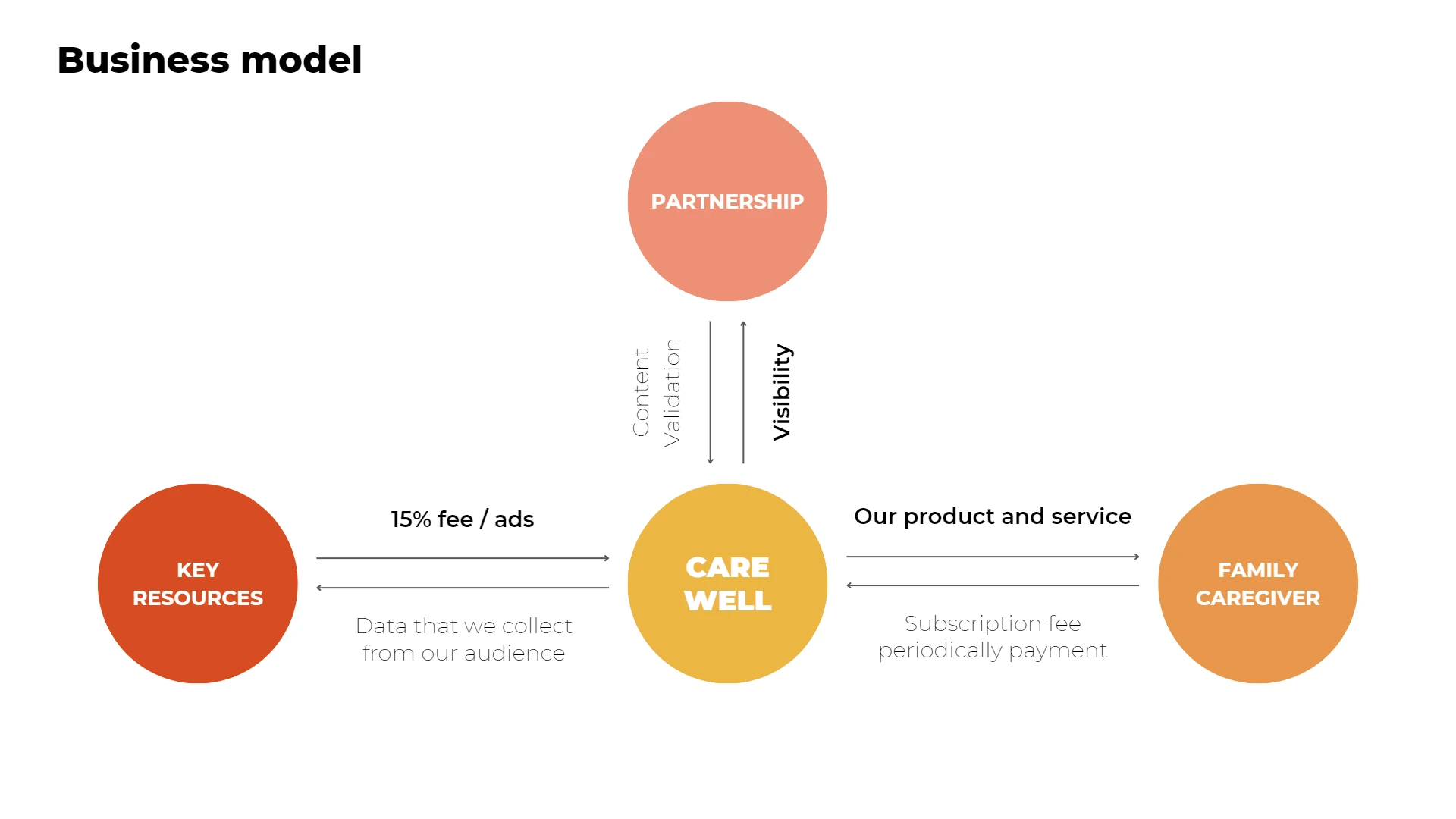
Steps:
Revenue Streams:
Freemium Model: Offer basic features (community, well-being tips, limited marketplace access) for free, with a premium subscription for advanced features (e.g., expert consultations, full access to training modules).
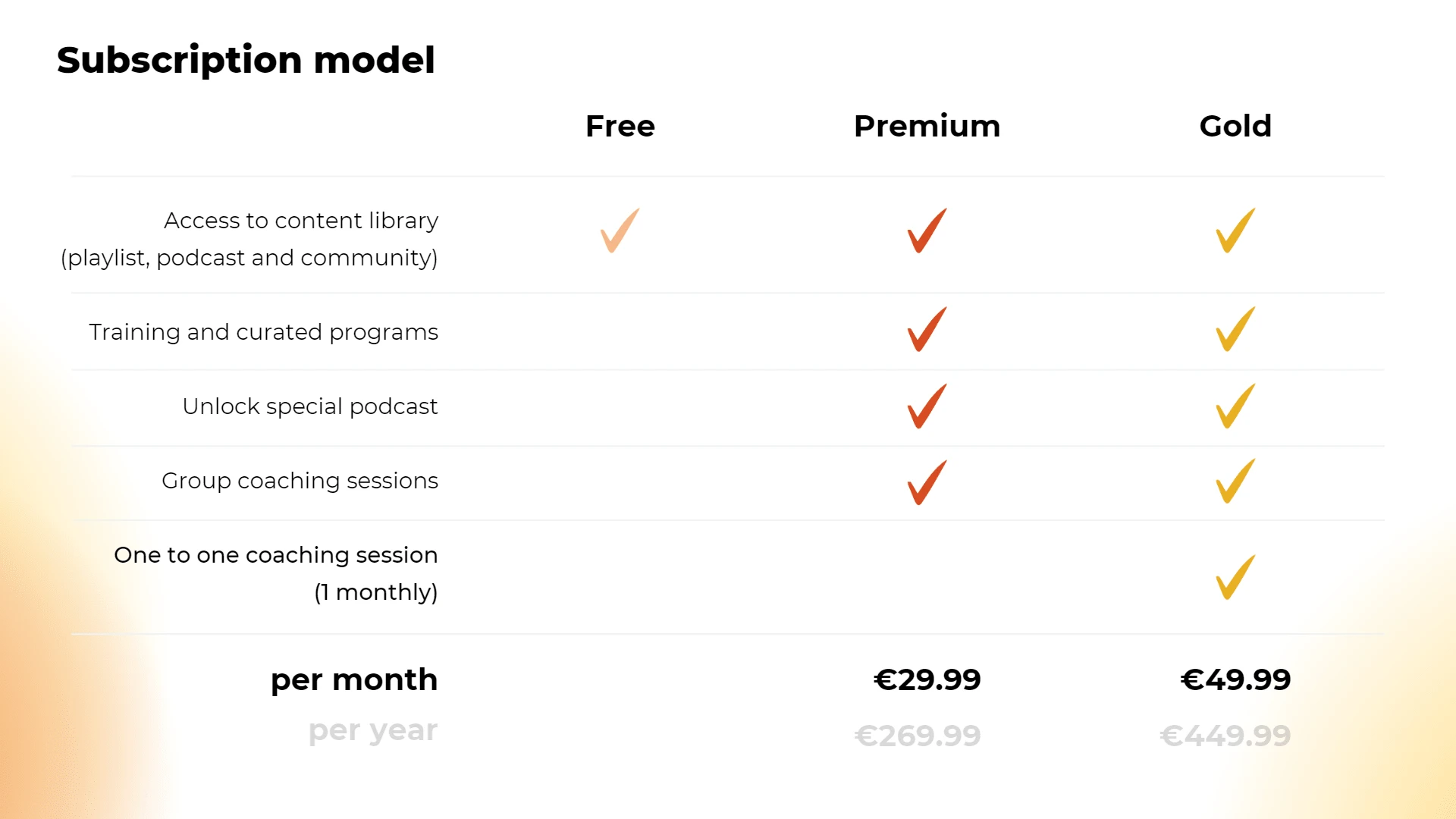
Partnerships: Collaborate with health professionals, wellness coaches, and training providers who pay a commission to be featured on the marketplace.
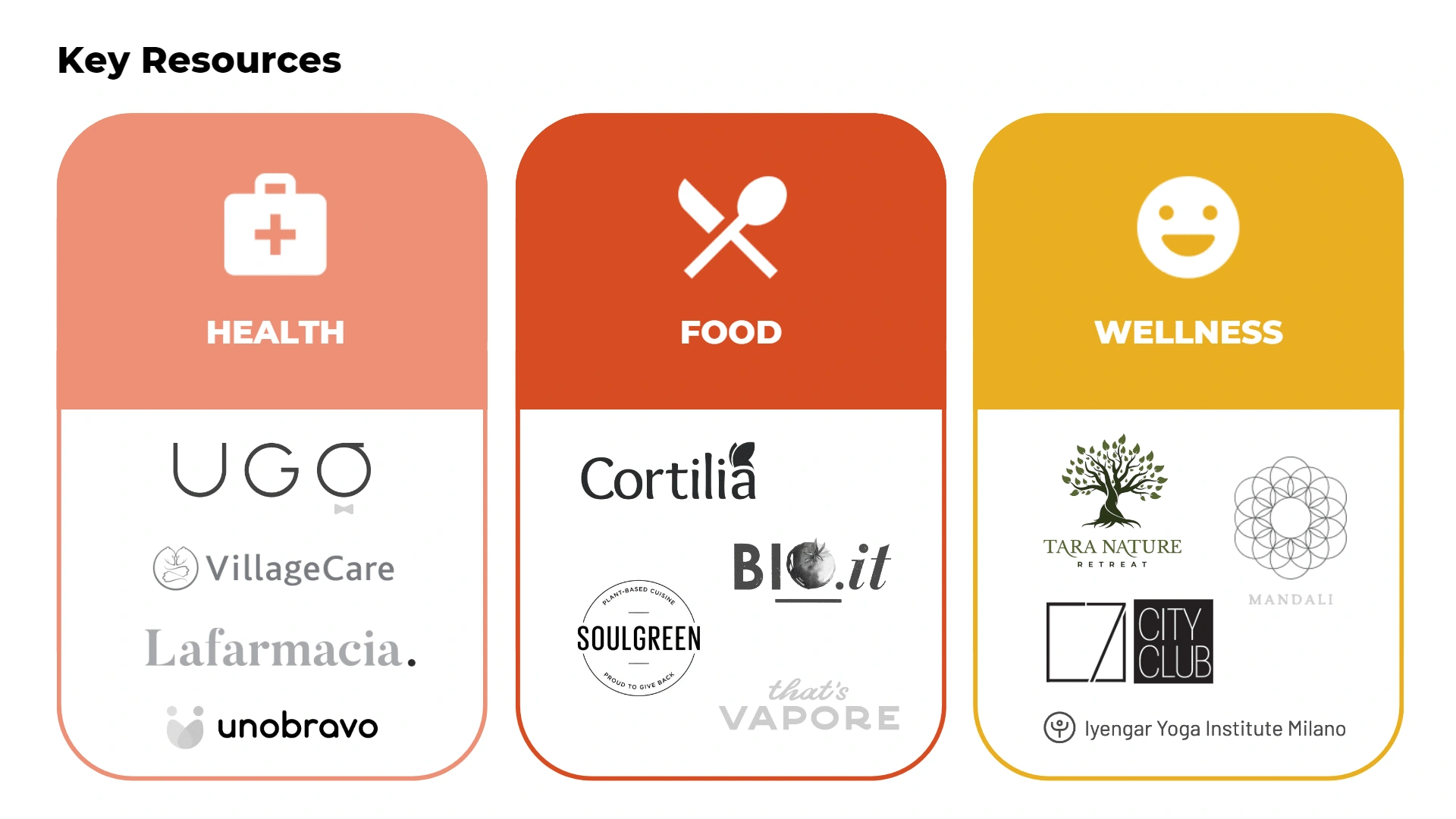
Corporate Wellness Programs: Offer CAREWELL as a B2B service to organizations looking to support employees who are also caregivers, providing access to training and well-being resources.
Cost Structure:
Include costs for platform development, marketing, content creation (training and educational materials), and customer support.
Growth Strategies:
Use targeted marketing campaigns aimed at healthcare organizations, caregiving communities, and corporate partners.
Introduce affiliate programs where existing users can refer other caregivers and earn rewards.
5. Communication Strategy
Objective: Raise awareness of CAREWELL among caregivers and healthcare professionals through targeted, multi-channel communication strategies.
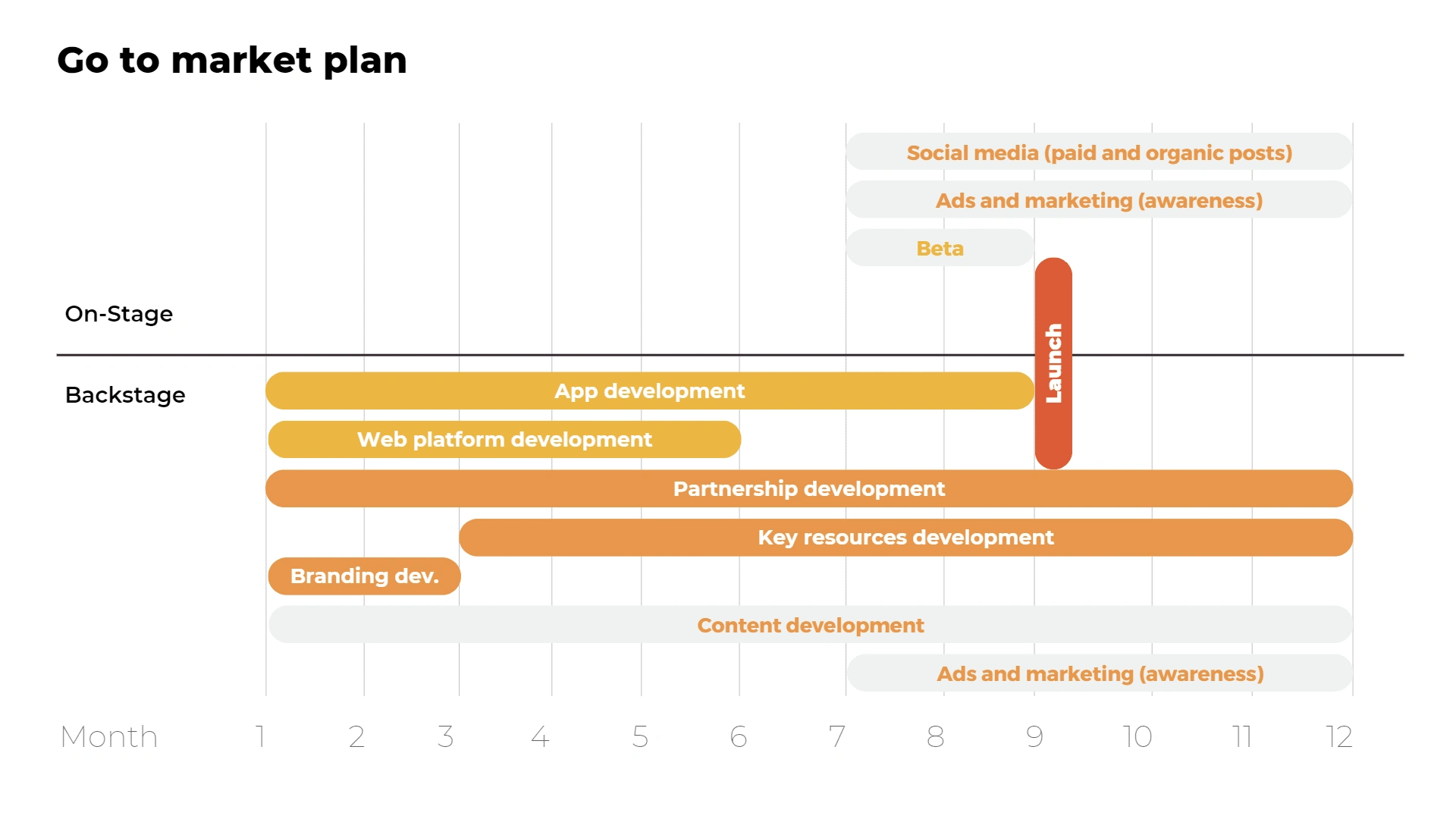
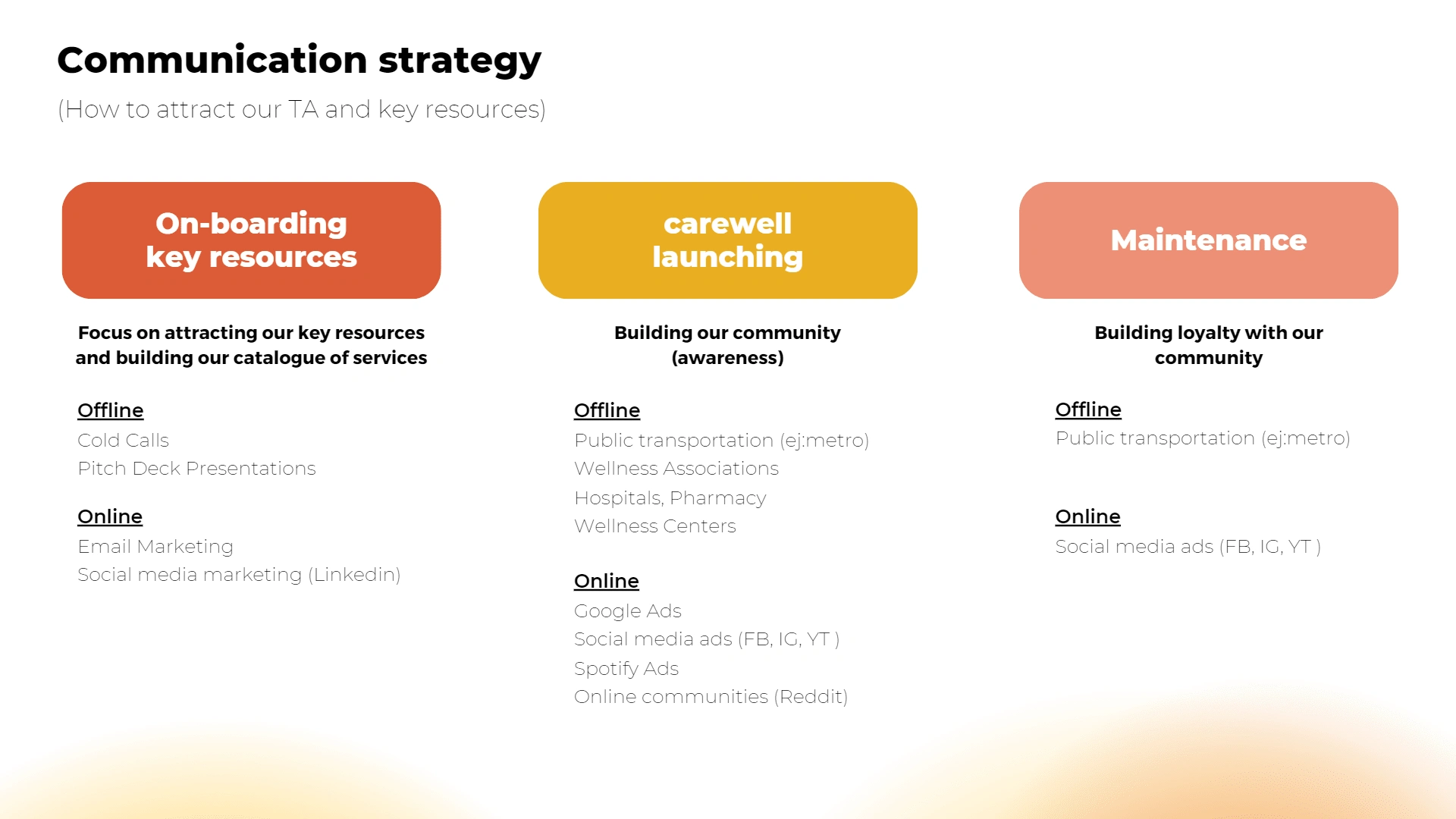
Steps:
Content Marketing:
Develop a blog or resource center on the app and website with articles on caregiving, mental health, self-care tips, and expert interviews.
Produce and distribute educational content, including videos and infographics, on social media channels (Facebook, Instagram, LinkedIn).
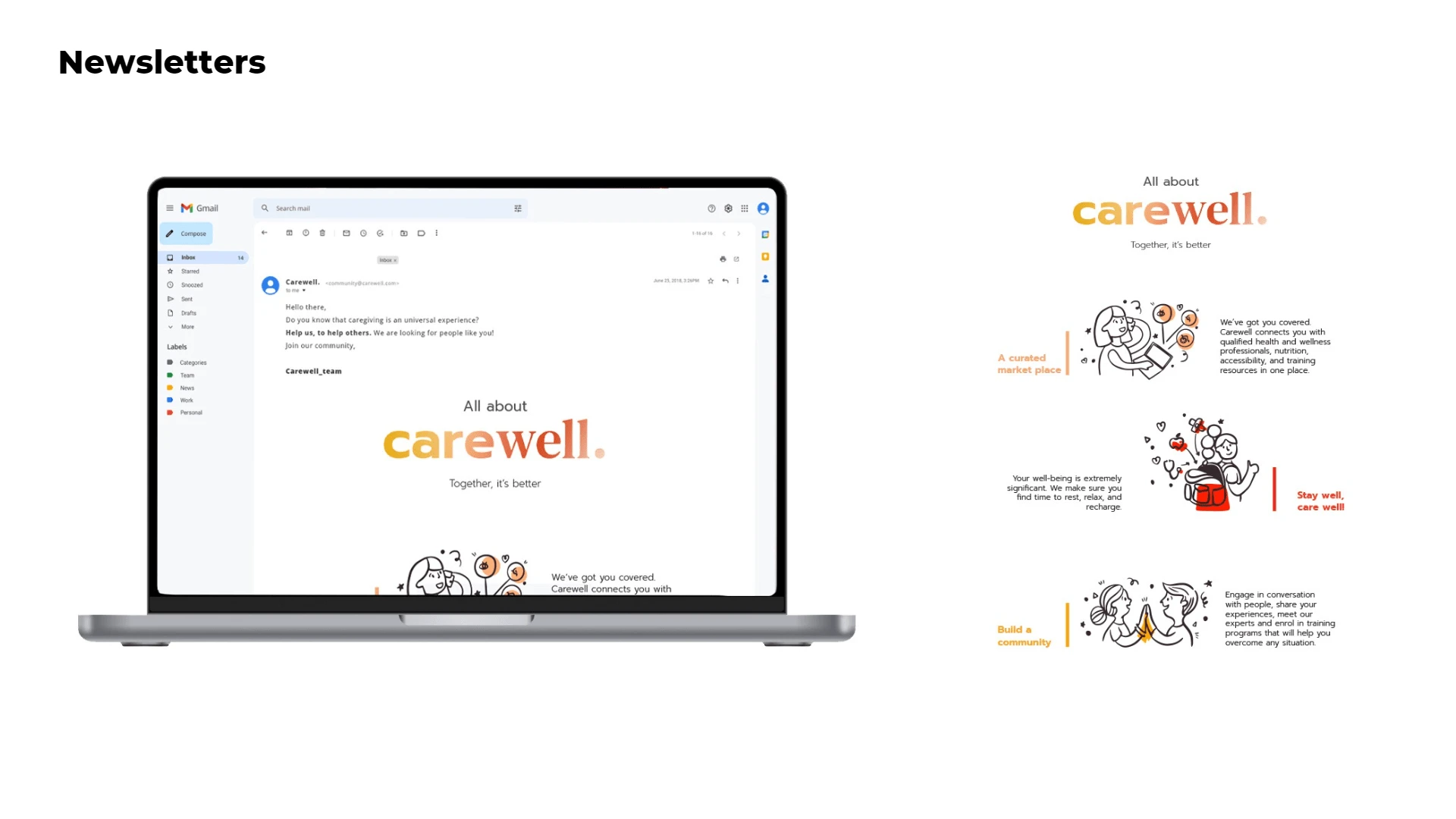

Social Media Campaigns:
Launch targeted social media campaigns to build a community of caregivers.
Use caregiver stories and testimonials to humanize the brand and foster emotional connections with the audience.
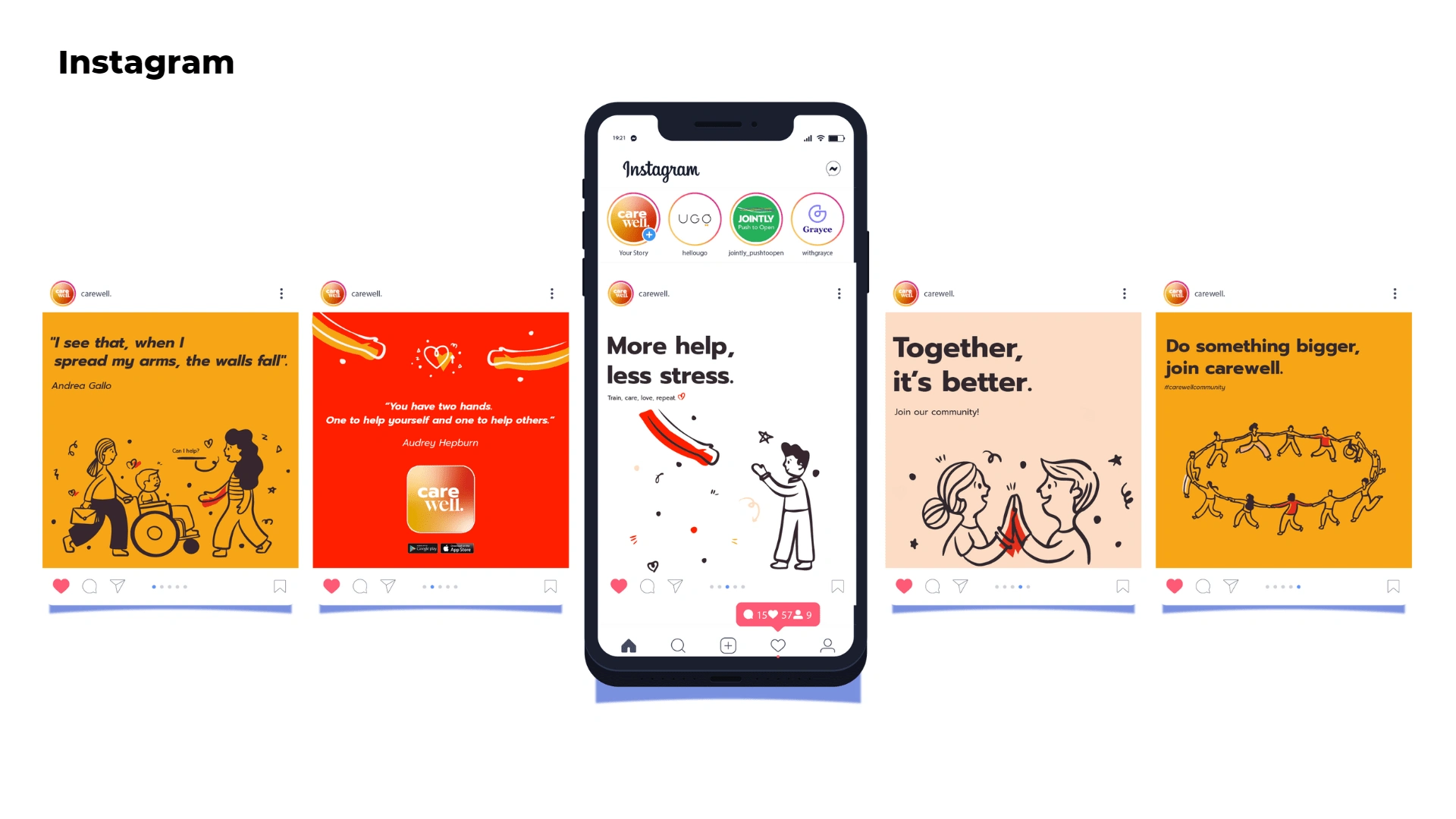
Partnerships and Influencer Marketing:
Partner with health organizations, caregiving associations, and influencers to promote the platform and increase visibility.
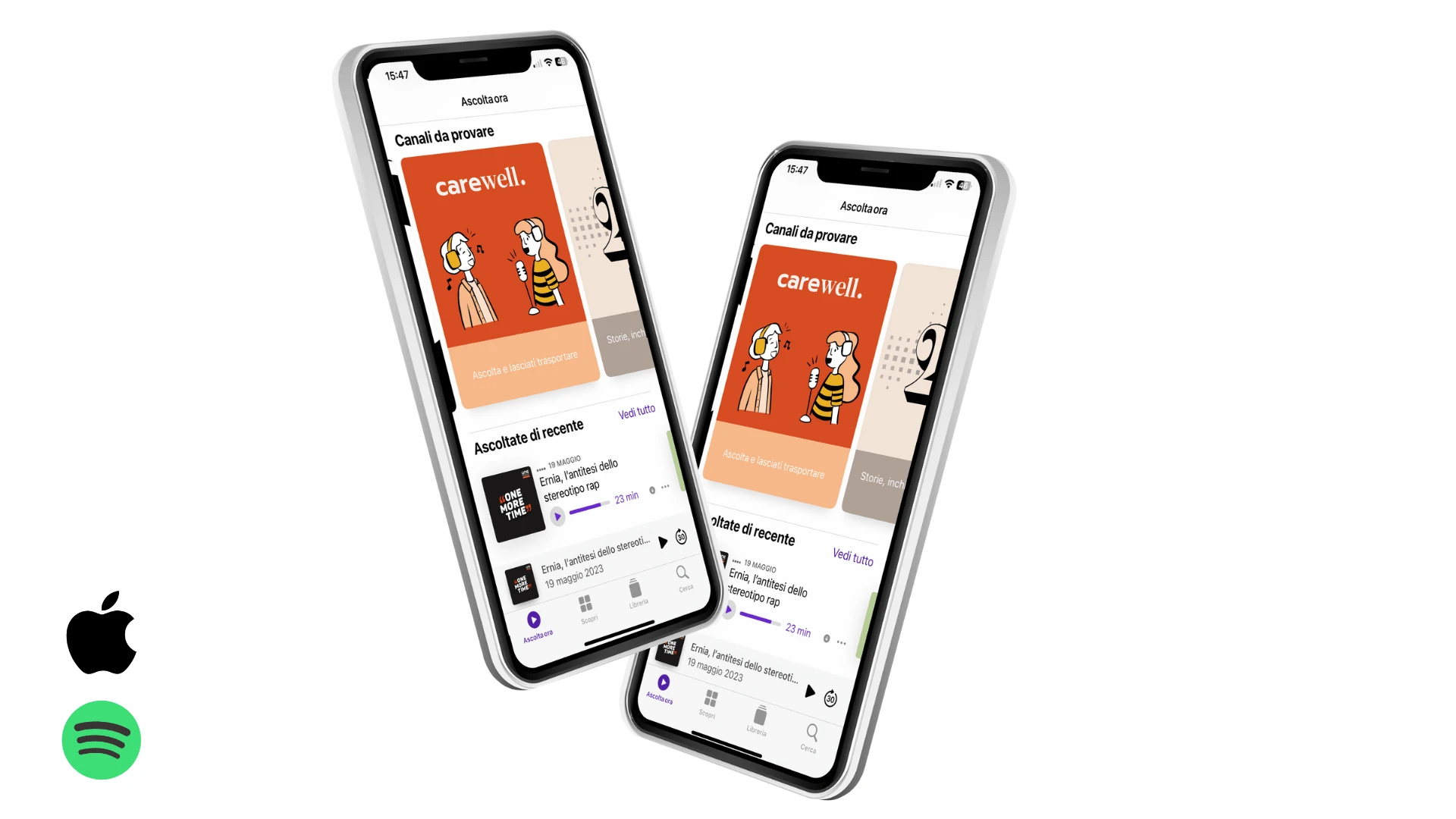
Engage caregivers through webinars, workshops, and online events hosted by industry experts.
SEO and Digital Ads:
Optimize the platform and content for search engines to increase visibility to those searching for caregiving support.
Run Google and Facebook ads targeting caregivers, healthcare professionals, and HR departments in companies offering employee assistance programs.
Offline Communication:
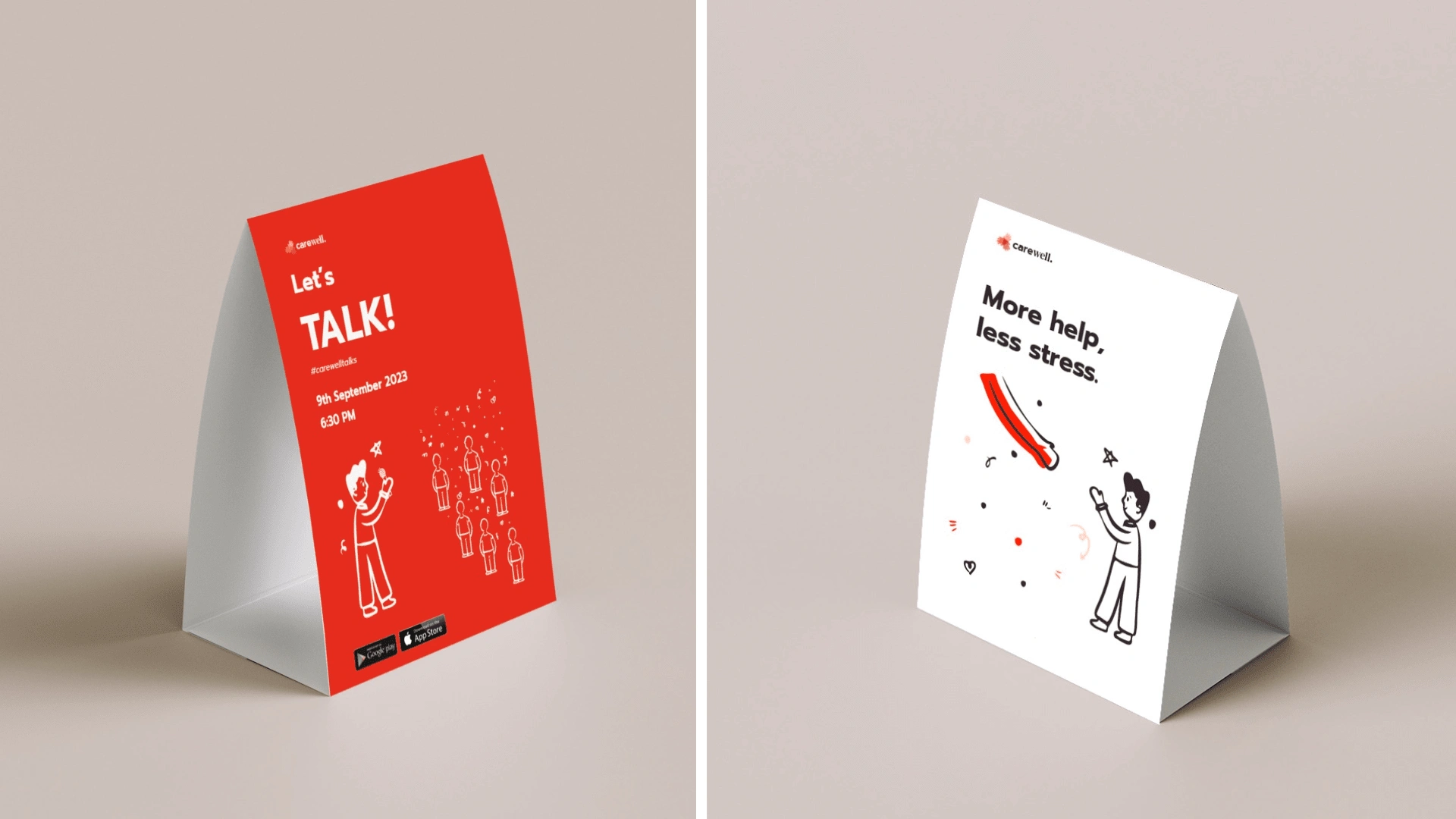
To leave in partner's structure + sanitary structure
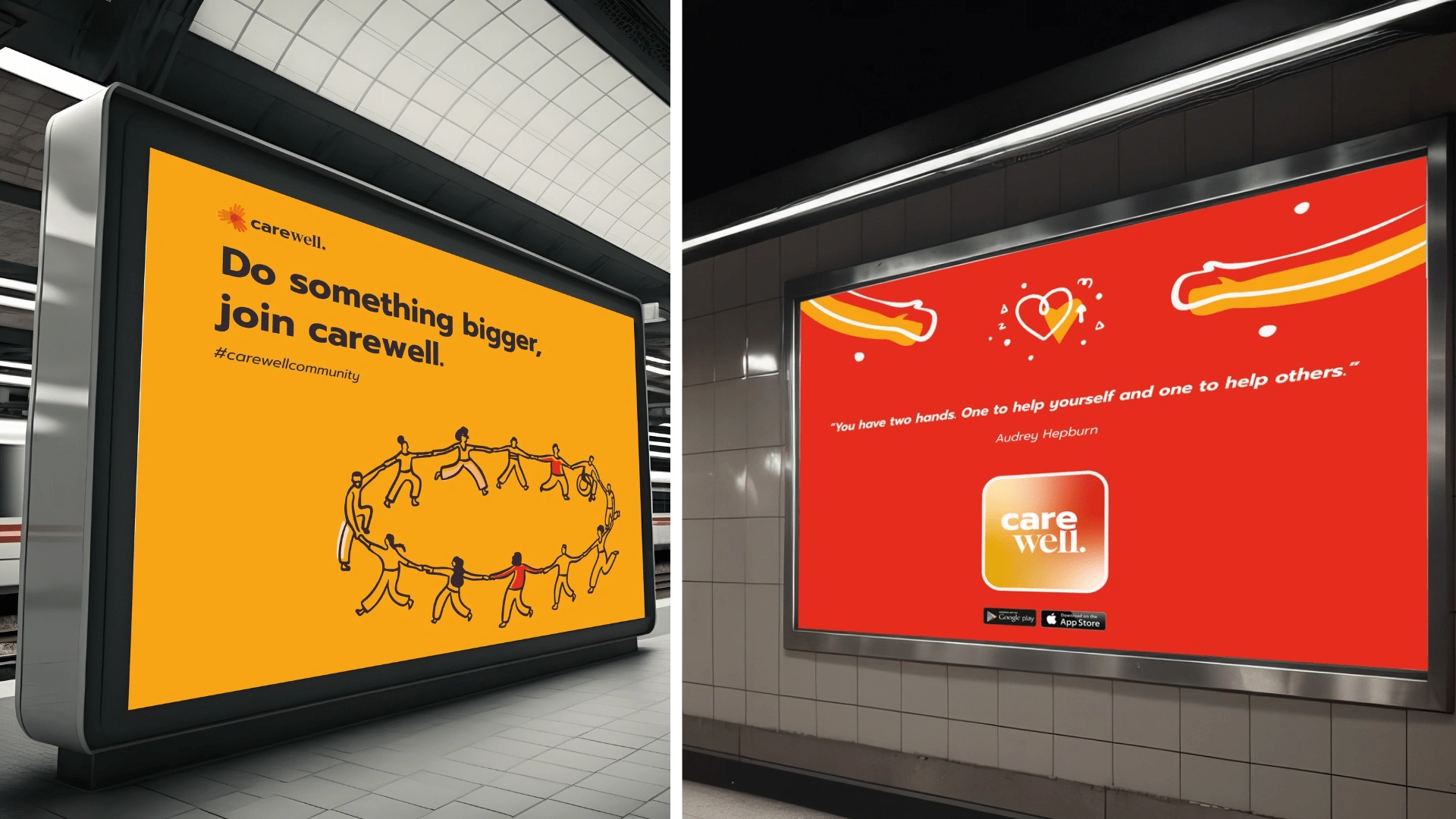
By following this detailed process, CAREWELL will successfully develop into a comprehensive platform that supports caregivers, improves their well-being, and builds a community of care and empowerment.
CAREWELL APP:
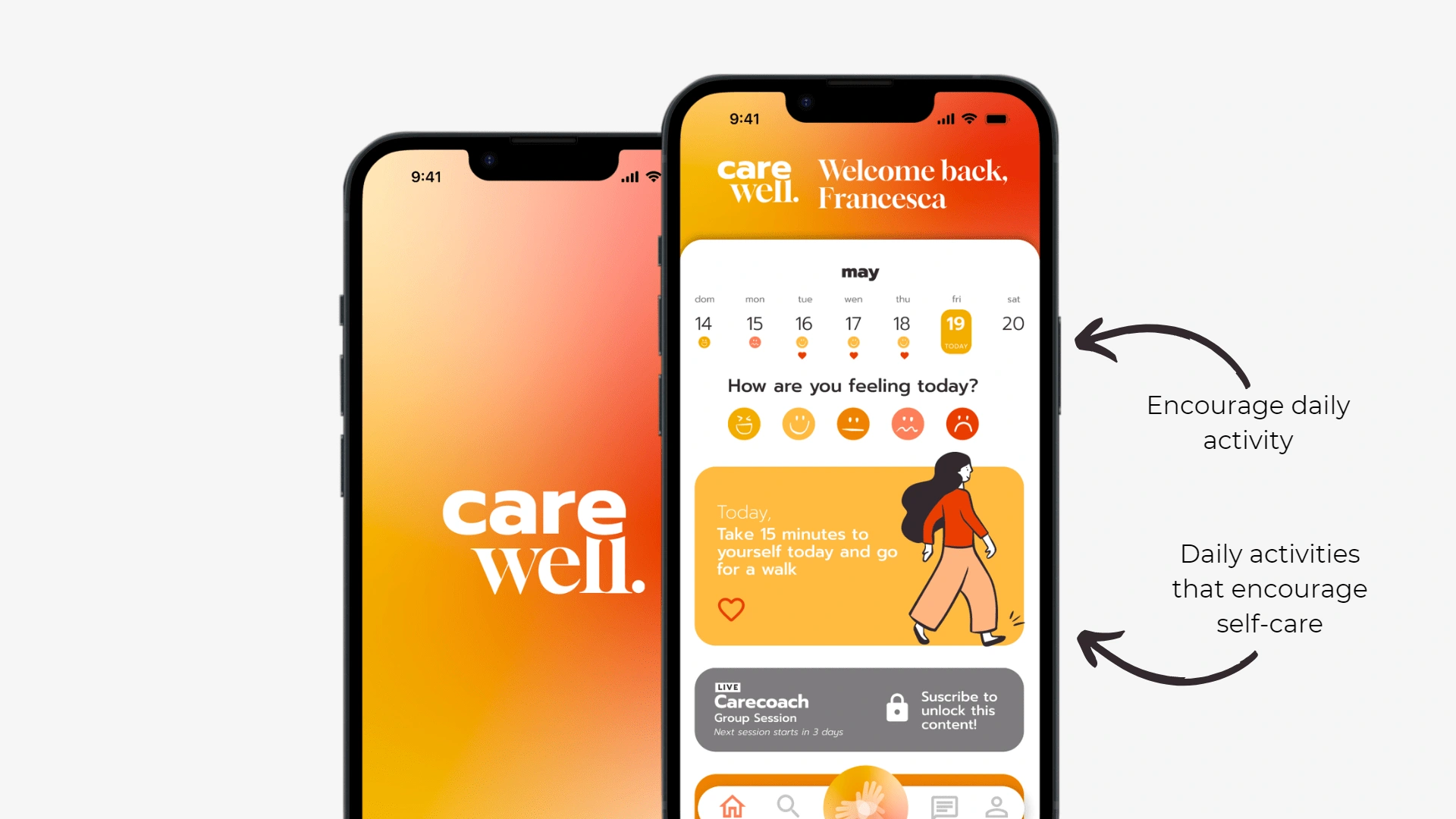

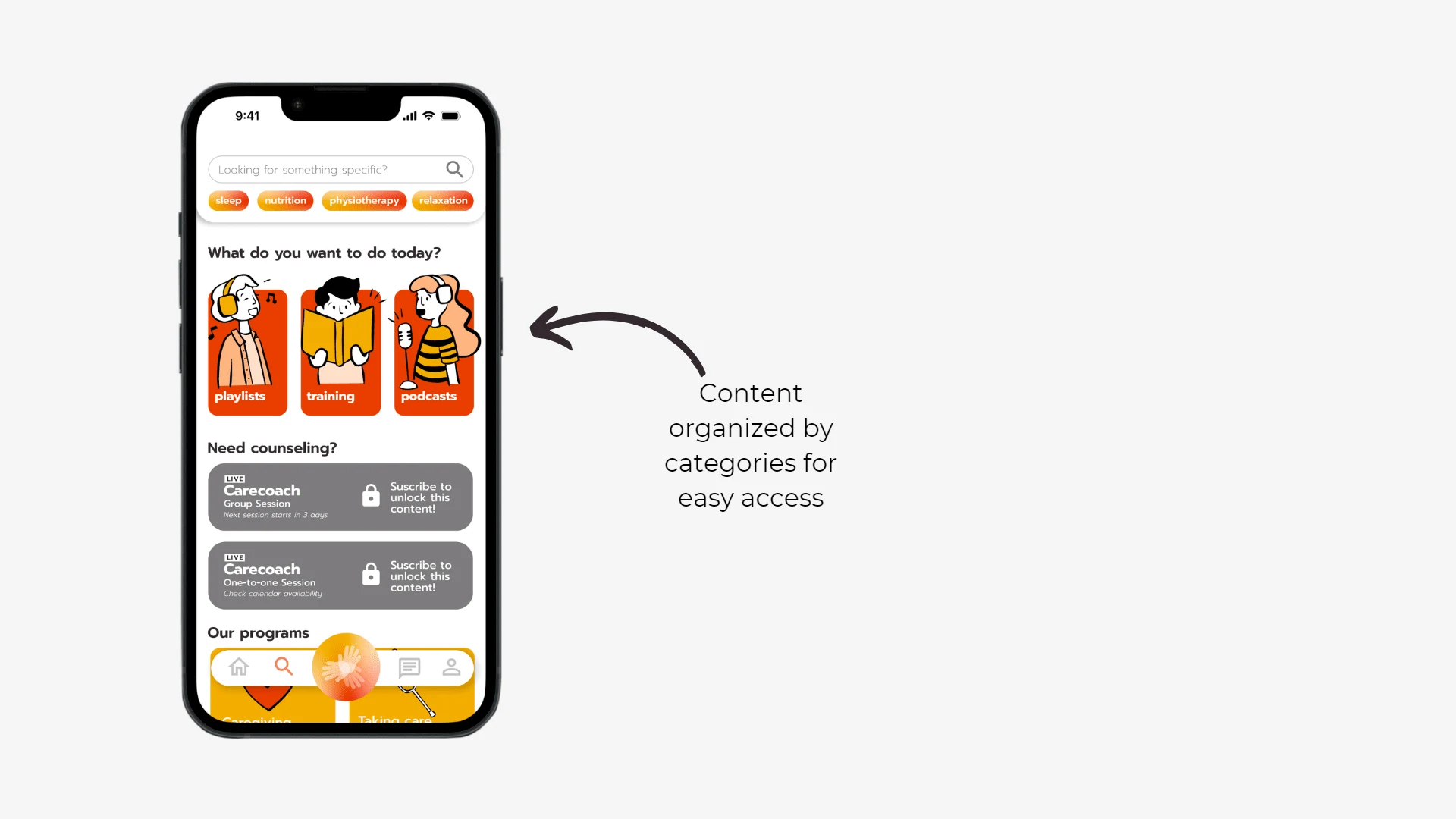

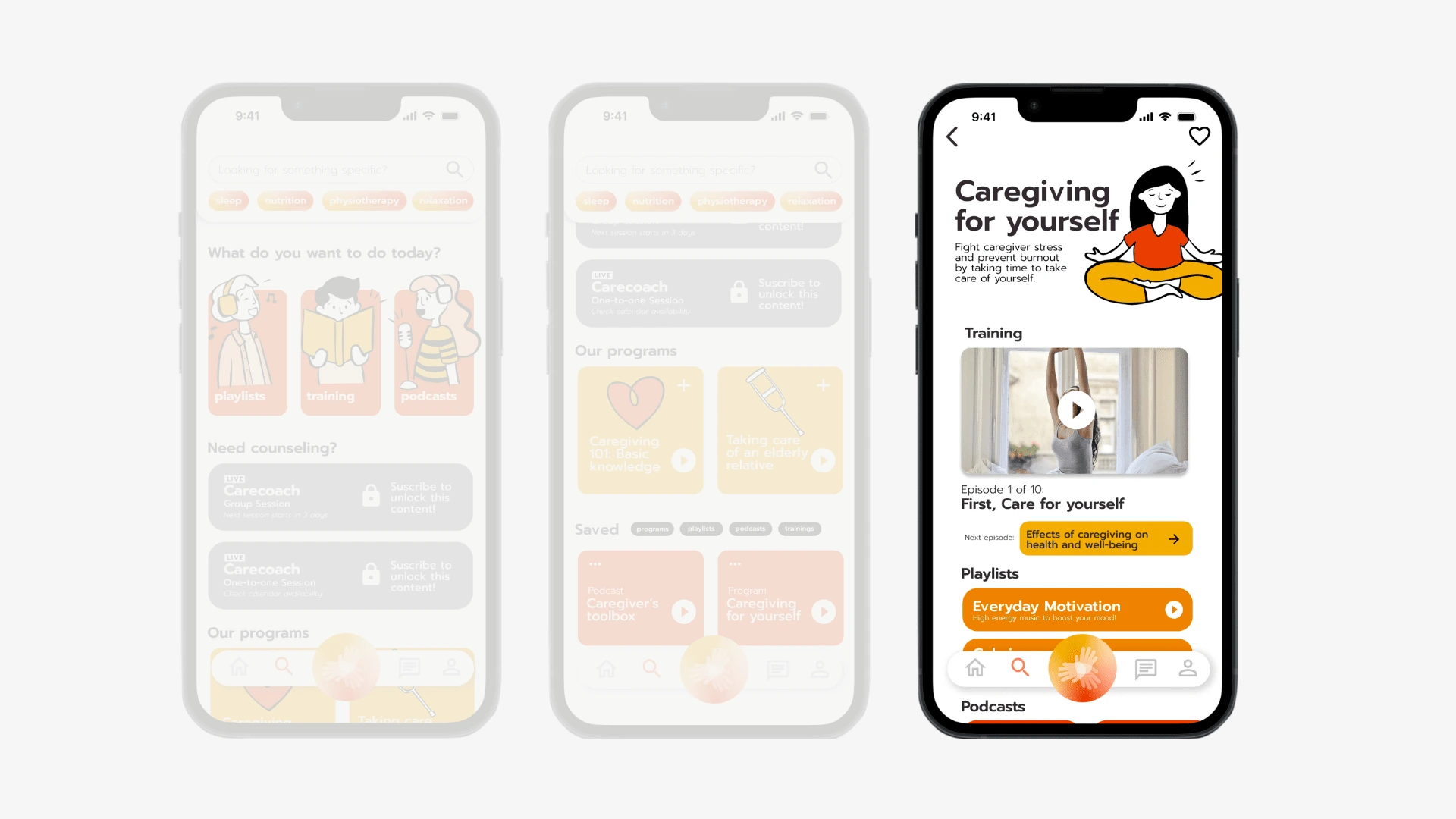
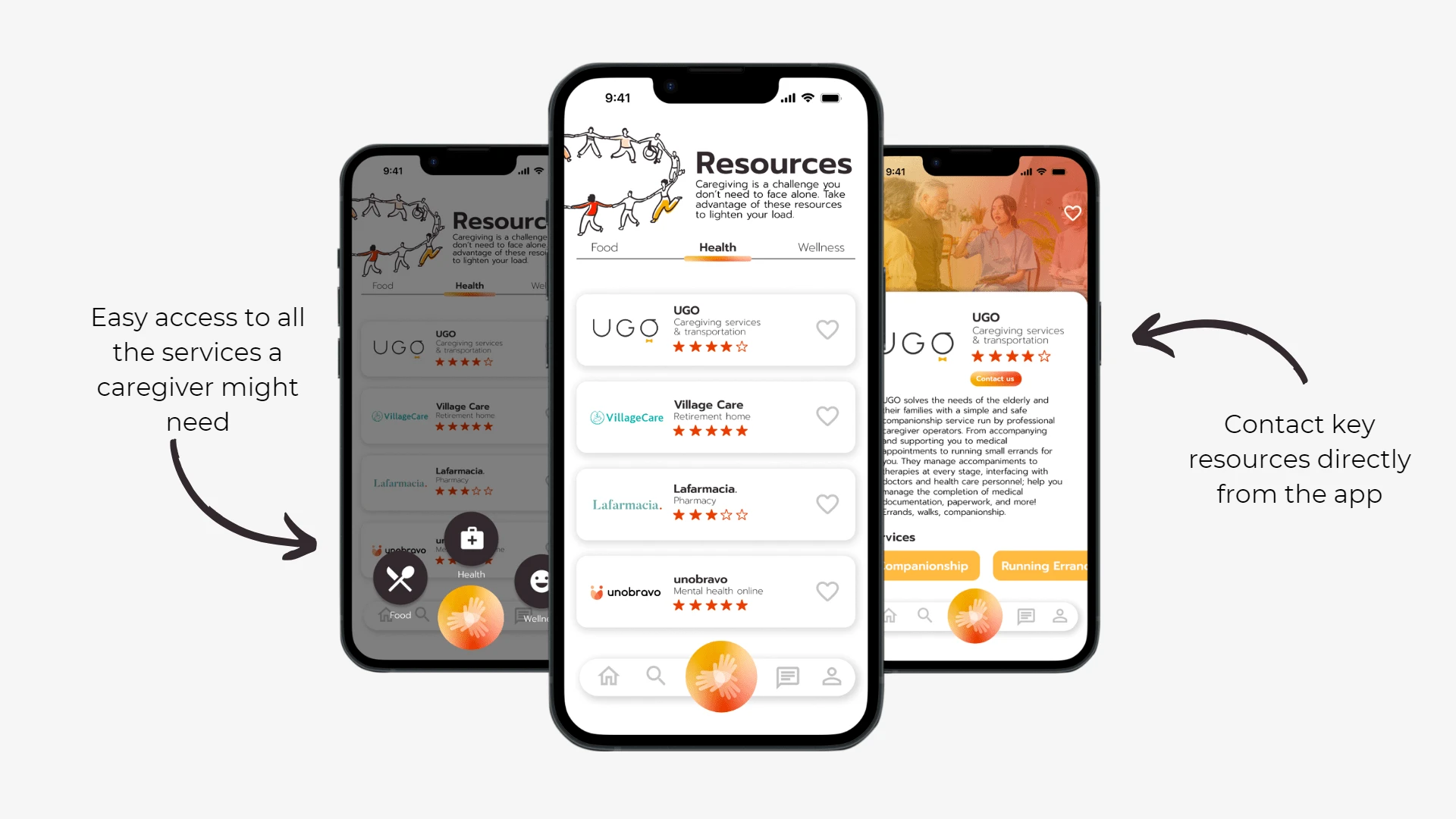

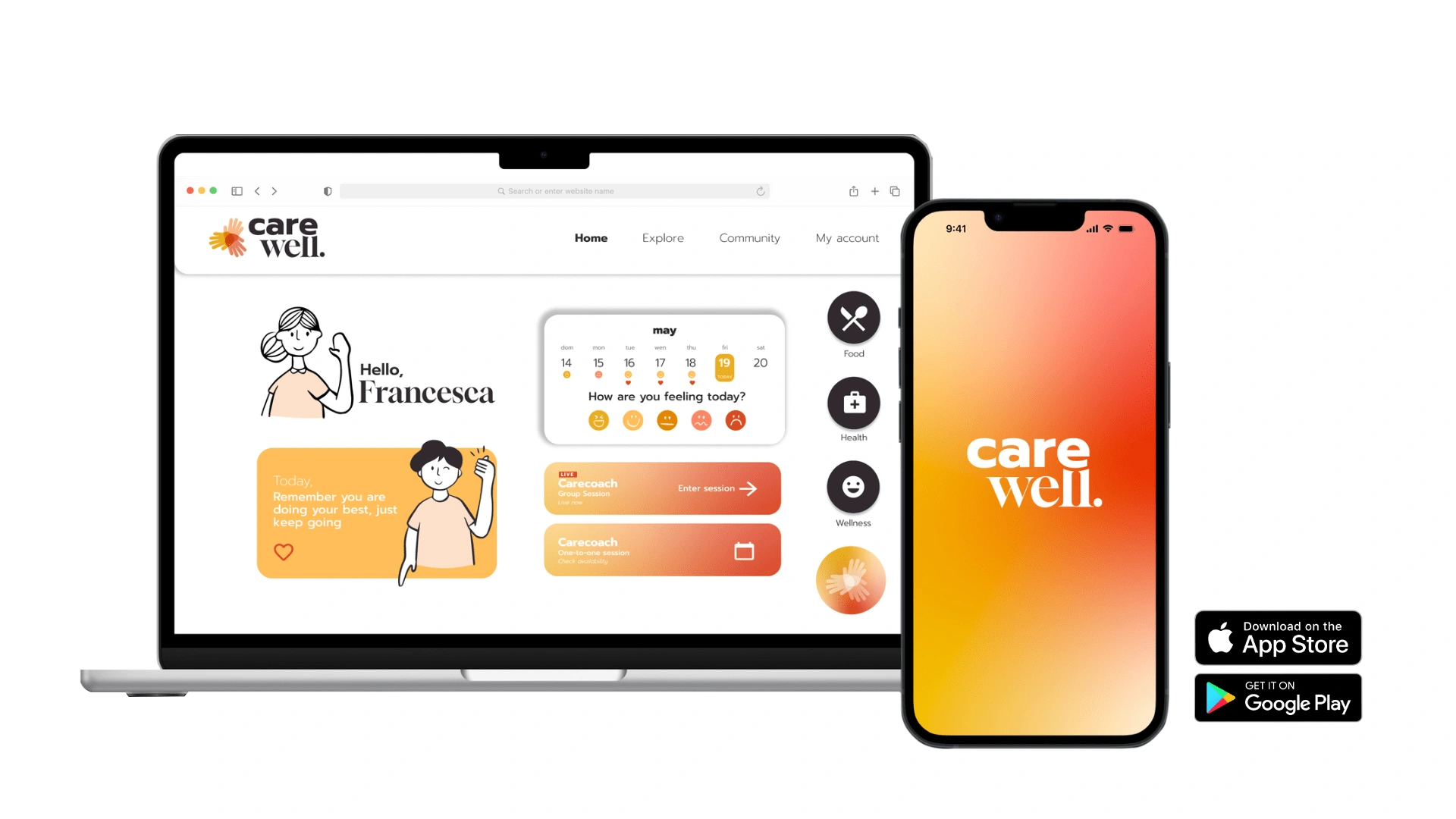
Like this project
Posted Oct 7, 2024
App to support and help the caregivers. #CAREISSHARE





